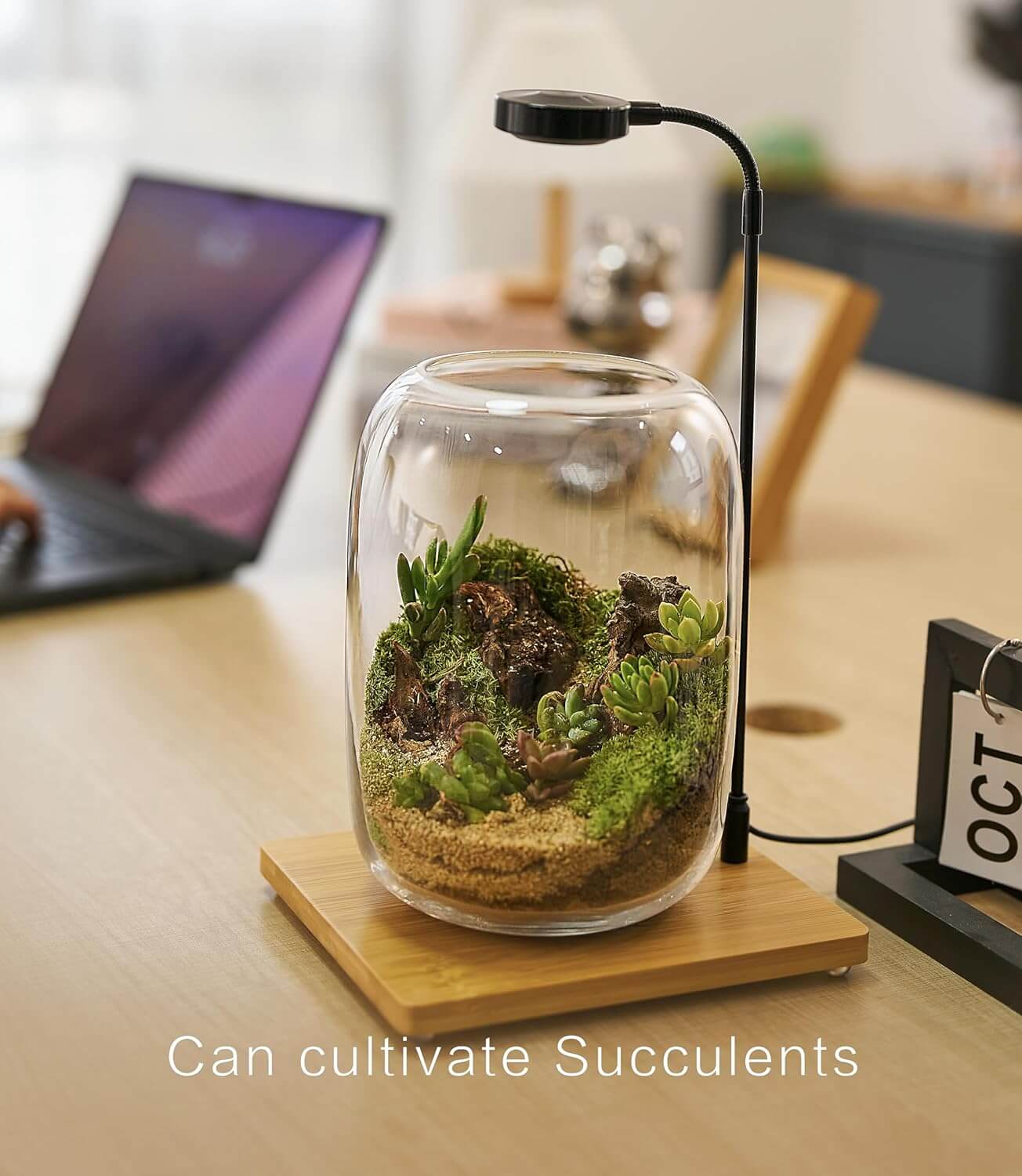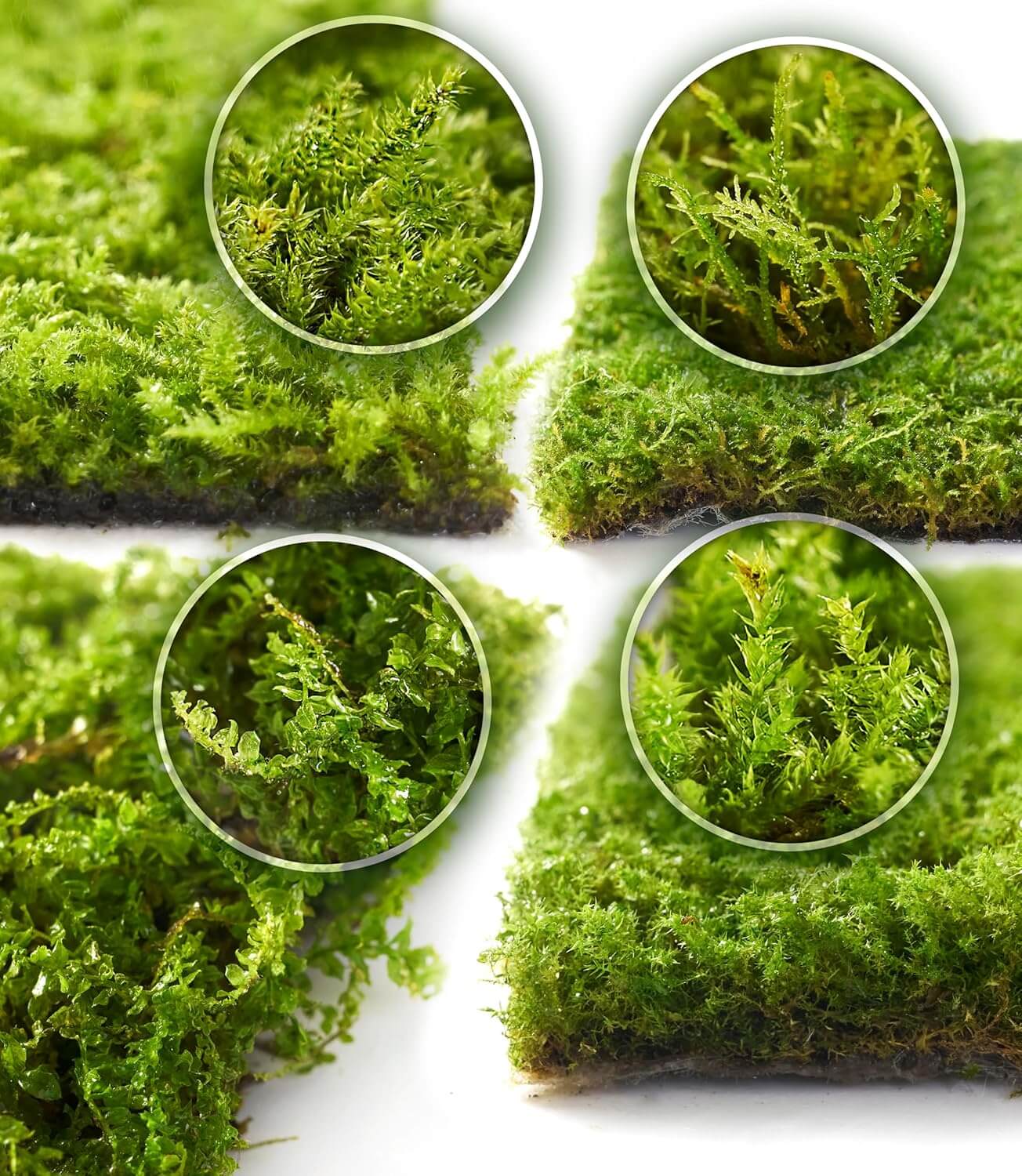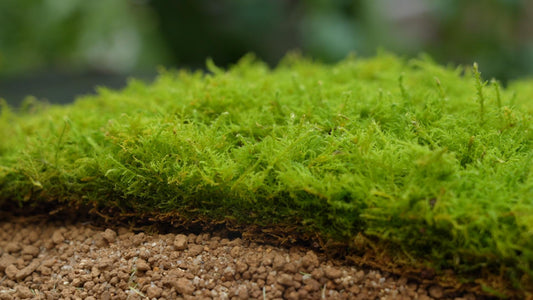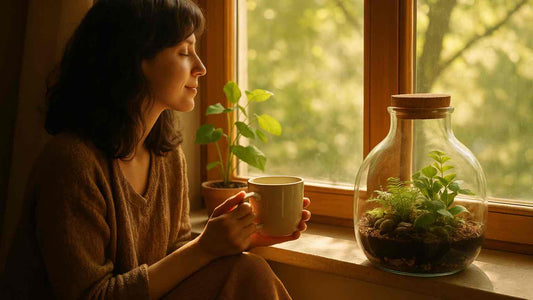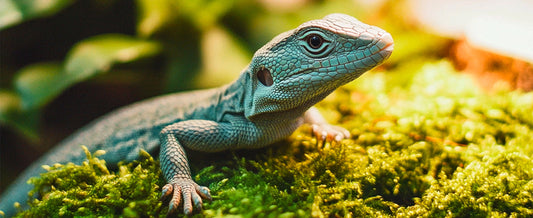Moss for Orchids: Natural Humidity & Root Support
Orchids are elegant yet delicate plants. Popular varieties such as Phalaenopsis and Dendrobium require stable humidity and gentle root protection. Many growers struggle with the balance between keeping roots moist and preventing rot.
The solution is simple: live moss. As a natural humidity regulator, moss plays a vital role in orchid care. It not only provides moisture but also offers soft root support, creating an environment close to the orchid’s native habitat.
Why Do Orchids Need Moss?
- Maintains Humidity: Moss absorbs and slowly releases water, creating a stable microclimate.
- Protects Roots: Soft and breathable, orchid moss reduces root dehydration caused by direct air exposure.
- Prevents Root Rot: Compared to dense substrates, moss allows better airflow and reduces the risk of diseases.
- Natural Aesthetics: A moss top-dress mimics the look and feel of orchids in the wild.

How to Use Moss in Orchid Care
Step 1: Choose the Right Type of Moss
- Brachythecium (Sheet Moss): High water absorption, great for top-dressing orchid pots.
- Hypnum (Feather Moss): Soft and airy, ideal for wrapping aerial roots.
- Racomitrium (Rock Cap Moss): Dense texture, perfect for stabilizing orchid bases.
Step 2: Apply Moss Properly
- Spread a 1–2 cm layer of moss on the pot surface.
- Allow gentle contact with the roots, but avoid pressing too tightly.
- Optionally wrap moss around aerial roots to retain moisture.
Step 3: Everyday Care
- Watering: After watering, moss slowly releases moisture to the roots.
- Misting: In dry seasons, lightly mist the moss surface.
- Trimming: If moss grows too densely, trim it back for a neat look.
Extra Benefits of Using Moss for Orchids
- Stabilizes New Plants: Moss helps anchor orchids during repotting.
- Transplant Support: Wrap roots with moss to minimize stress and damage.
- Decorative Touch: Pair moss with bark, charcoal, or driftwood to create a natural orchid display.

Conclusion
Moss is more than a helper—it’s a natural companion for orchid health. By using live moss wisely, you can give your orchids the humidity and support they need, while enhancing both beauty and resilience. Whether you’re caring for a Phalaenopsis on your desk or a Dendrobium in your window garden, moss makes orchid care simpler and more rewarding.
🌿 BUY Orchid Moss for OrchidsFAQ
Can I use reptile moss for orchids?
Some reptile moss products are natural and safe, while others may be dyed or treated. Choose undyed, chemical-free moss and rinse before use. For consistent results, select known orchid-safe options like sheet moss (Brachythecium) or feather moss (Hypnum).
Is the moss in a DIY terrarium kit suitable for orchids?
It can be—if the kit includes live moss or high-quality natural moss with no dyes. Many DIY terrarium kit components are orchid-friendly, but avoid decorative, color-treated moss. Always check the product description and hydrate/rinse before placing on roots.
How does moss fit into terrarium care if I grow orchids in a glass container?
For orchid-style terrarium care, keep bright indirect light and ensure airflow. Use a thin moss layer for humidity without smothering roots, and vent the container regularly to prevent overheating and excess condensation.
How often should I mist moss used with orchids?
Mist 2–3 times per week, adjusting for your room’s humidity and light levels. Aim for evenly moist—not soggy—moss, and allow brief drying between mists to reduce rot risk.
Which type of orchid benefits most from moss top-dressing?
Phalaenopsis and many epiphytic orchids benefit from a thin top layer of orchid moss to buffer humidity. In all cases, maintain airflow around roots and avoid packing moss too tightly.

